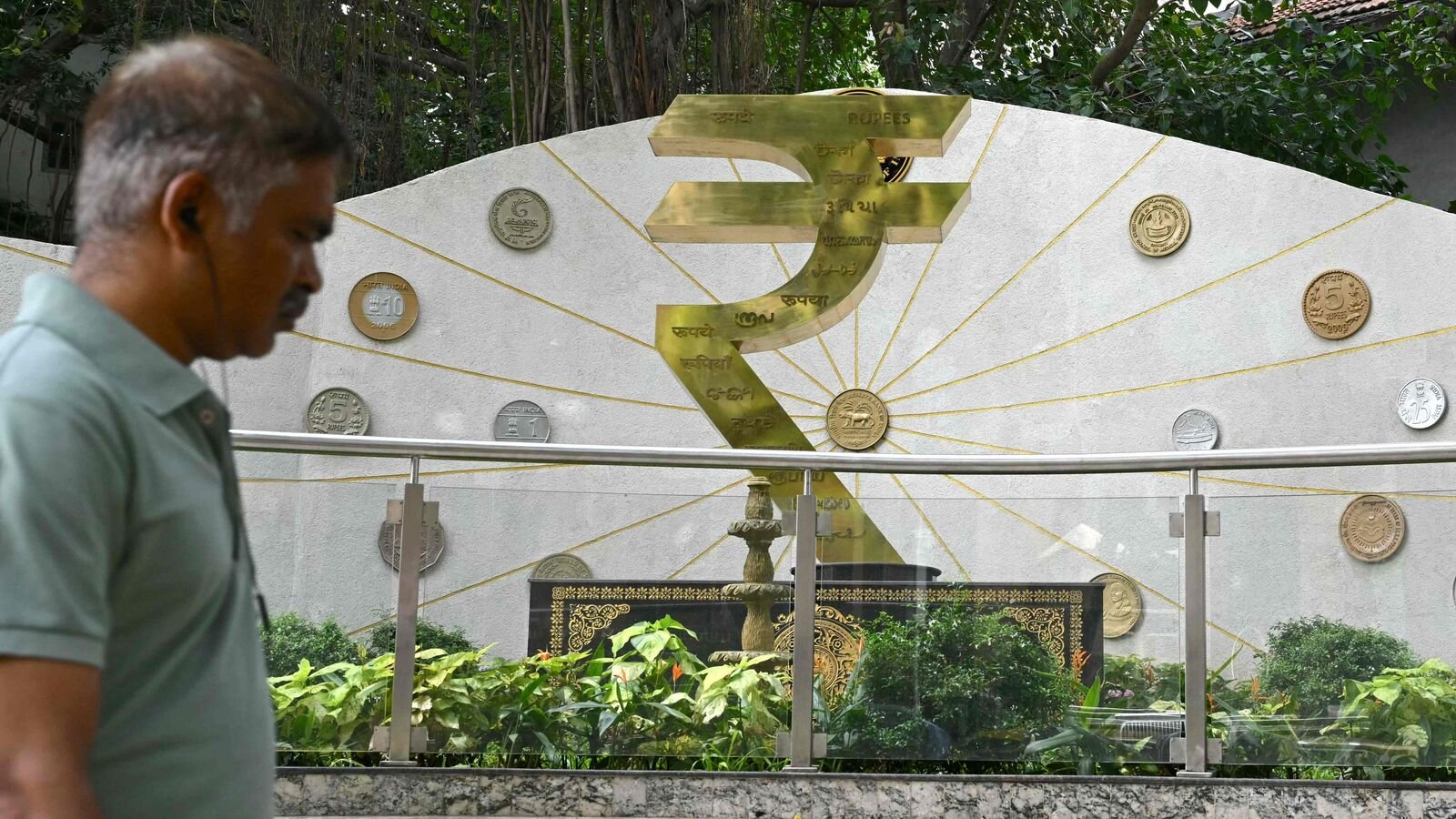This may restrain banks from aggressively cutting deposit rates and passing on the benefit of lower lending costs to companies. While loans to individuals and small businesses may turn cheaper immediately, advances to companies may take longer since they are pegged to the marginal cost of funds-based lending rate, an internal benchmark that moves in tandem with deposit rates.
According to the latest data, RBI has a short forward book of $37.8 billion maturing over the next three months to one year, which could drain out liquidity. The data on forwards is as of April and released by the RBI on 30 May.
Economists at HDFC Bank calculated that if the RBI wants to reduce its forward book — up to one year — by about 50%, it will result in a rupee liquidity outflow of ₹2.3 trillion. If it decides to let 70% of its forward book mature, the amount sucked out from the system will be ₹3 trillion.
On Friday, the RBI said its decision to cut the cash reserve ratio (CRR) — the portion of deposits that banks must park with the central bank at no interest — by 100 basis points (bps) in tranches will add ₹2.5 trillion to the banking system by December 2025. The central bank also slashed the benchmark repo rate by 50 bps to 5.5%.
The RBI takes forward positions to manage volatility in the rupee-dollar exchange rate. These positions involve buying dollars in a forward contract, injecting liquidity into the banking system. Now, as the contracts mature, the reverse will happen – the RBI will sell dollars and get rupees, reducing liquidity in the banking system.
Although the system liquidity surplus is about ₹2.4 trillion, experts said uncertainty over the RBI’s forward book and the impact on liquidity could hit the transmission of lower interest rates.
Lower rates
“Everybody was hoping that with the 50 bps rate cut, CRR cut and so much liquidity infusion, banks would start lowering lending rates,” said Soumyajit Niyogi, director, core analytical group, India Ratings & Research.
According to Niyogi, the biggest uncertainty that banks face is the net short position of the RBI of about $53 billion despite the central bank’s dividend transfer to the government and the consequent increase in spending.
“In the last two years, banks have been facing high deposit challenges and this year, while liquidity is available, lenders are uncertain how the swap maturity will suck out base money,” said Niyogi.
Banks struggled to convince people to park their idle funds with them last year, the worst deposit crunch in almost two decades, Mint reported in 2024.
With deposits now growing at 10%, lenders have more breathing room. However, the rate cut has pushed banks to lower deposit rates as a majority of their loans would get immediately repriced lower. HDFC Bank and ICICI Bank have already announced deposit rate cuts.
RBI governor Sanjay Malhotra said on Friday that the central bank is “not unduly concerned” about the maturing shorts.
“My understanding is that the measures from Friday are not very dovish,” said Dhiraj Nim, economist at ANZ Banking Group. “The amount of liquidity available from the CRR cut will likely be less than the amount of the forward book maturing, which will drain liquidity.”
Nim said the RBI will have to use its reserves to pay it off, and it remains to be seen whether it will build reserves to offset the drain.
“It is a very, very comfortable level to be in. Yes, if there are opportunities and we can build reserves, that will happen, but that is not something which we will be unduly bothered about,” Malhotra told reporters on Friday.
Ample liquidity
India’s foreign exchange reserves stood at $691.5 billion on 30 May, up 6% from a year earlier. Nim said he does not think rate cuts are over because growth might surprise on the downside.
Malhotra, while announcing the monetary policy decision, acknowledged that GDP growth remains lower than aspirations, but the central bank retained its forecast at 6.5% for FY26.
To be sure, not everyone is convinced about the impact of the forward book on liquidity and transmission. According to Madan Sabnavis, chief economist at Bank of Baroda, liquidity infused through the CRR cut will be absorbed by the maturity of the forward dollar contracts, but this will not affect transmission because system liquidity was adequate even before the CRR cut.
“We already run a surplus of ₹3-3.5 trillion on a daily basis, so there won’t be any impact on transmission,” Sabnavis said.
Others also agreed that the system has ample liquidity. The central bank has injected ₹9.5 trillion of durable liquidity since January, according to RBI data.
“The maturing dollar-rupee swap of $5 billion in August of this year, approximately ₹80,000 crore of government securities maturing with the RBI and increases in currency in circulation during the course of FY26 are likely to absorb the ₹2.5 trillion infused through the CRR cut,” said Deepak Agrawal, chief investment officer (debt) at Kotak Mutual Fund.
The forward book of the RBI isn’t likely to impact transmission, he added.
Interest margins
Ashish Gupta, chief investment officer at Axis Mutual Fund, said the CRR cut is a stronger and more durable message than an OMO (open market operation), which is more tactical.
“It will help banks offset, to an extent, the hit on their net interest margins due to the sharp repo cut,” said Gupta.
He said that even if the forward positions were allowed to mature, there would be no impact on the transmission of the rate cut because of the surplus liquidity in the system.
From the stock market perspective, the CRR cut will soften the blow on banks’ interest margins brought on by the outsized repo rate cut. Banks will have to cut rates on loans linked to external benchmarks like the repo rate immediately, but a deposit rate cut will only impact fresh deposits.
This will squeeze their net interest margins, but it will be offset to some extent by the CRR cut, said Gupta.




